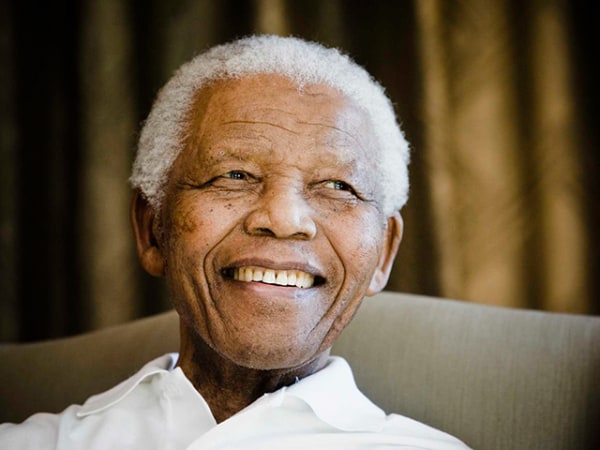I’m always tuning into the most action packed Hollywood movies with the most spectacular special effects. Whether it is Spider-Man or Fast & Furious, I thoroughly enjoy them. But although I have a positive opinion on these films, many critics call them run-of-the-mill, unoriginal, and inadequate. So I always ask myself, “What does the critic see that I don’t? What is missing from the fiery explosions and frenzied car chases?”
Independent films are films that are produced outside of a major film studio. Knowing that, explosions are car chases are certainly not on top of the to-do list. Rather, indie films will need to stand out through their story or delivery. The 30th Annual Sundance Film Festival is set to take place from January 16 to January 26 in Park City, Utah. A total of 117 selected feature-length films out of over 4000 entries will be screened. The genres or themes that are explored are very expansive; a few prominent ones include family dysfunction, race, and comedies. Others include documentaries, more provocative themes, and a rather novel genre: horror.
John Copper, Sundance’s director, describes the new entries to be “of much higher quality.” He explains that past films looked and felt “gritty, the writing is what drove them.” Now with technology there is what he calls, “a visual boldness.” Whether this is good or not is up to debate. Of all the indie films I’ve seen (and sadly, there weren’t too many) they all had an emanation which separates themselves from Hollywood films. The writing and presentation of indie films are what generate this entirely different experience. The feeling is just so real and raw.
I also appreciate indie films for a separate reason: they remind me of my videos. Whenever I had to film a video, whether it was for foreign language class or Arts in NYC, I always took pride in my work. What amazes me and frightens me at the same time is just how absorbed I was filming and editing it. I had to make sure the end result was just like I imagined, leaving me to watch and edit my film time after time again. But I was always smiling, always glad that I was creating something I was passionate about.
So I leave you with some questions. Do you think there is a difference between Hollywood films and independent films? What is your opinion on independent films? Any recommendations? How will technology change independent films? Do indie films remind you of your IDC creative projects?
It was great getting to know all of you and I hope everyone will have happy holidays.




 regular TV broadcast, it is still a remake of the old classic.
regular TV broadcast, it is still a remake of the old classic.
